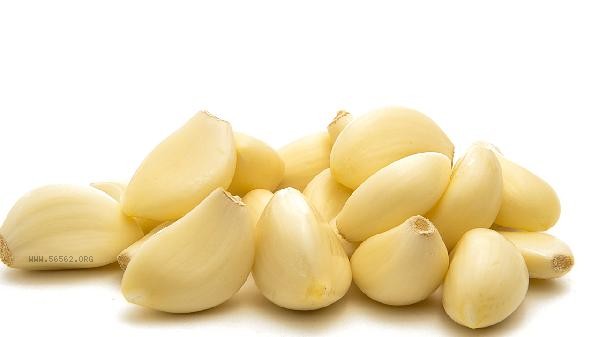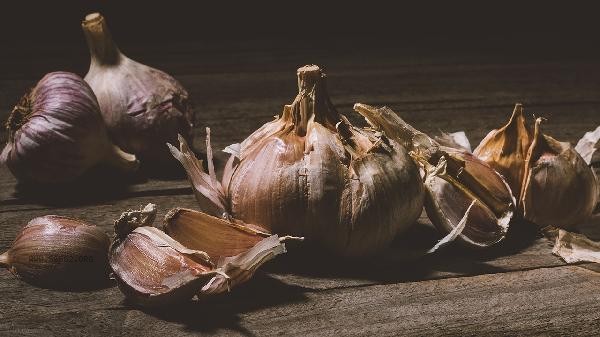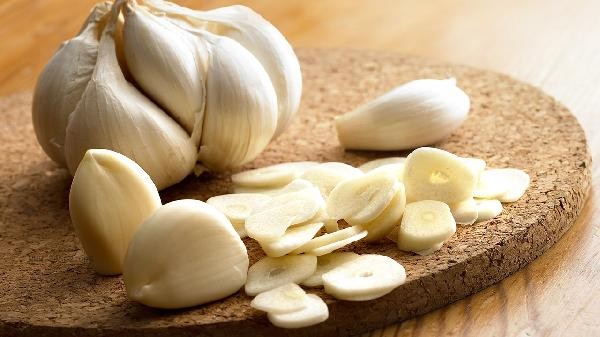Eating garlic in moderation after exercising can help promote muscle recovery, enhance immunity, and improve athletic performance. Garlic contains allicin, selenium, and antioxidants, which can help alleviate post exercise inflammatory reactions, accelerate the clearance of metabolic waste, and enhance the body's anti fatigue ability.

1. Promote muscle recovery
Allicin in garlic has anti-inflammatory properties and can reduce micro damage to muscle tissue after high-intensity exercise. The sulfides it contains can promote blood circulation, help transport more oxygen and nutrients to muscle tissue, and accelerate lactate metabolism. Eating 1-2 cloves of raw or cooked garlic after exercise can help alleviate delayed muscle soreness.
2. Enhancing immune function
After exercise, the human immune system is temporarily suppressed. Selenium and alliinase in garlic can stimulate white blood cell proliferation and enhance phagocytic activity. Long term regular intake of garlic can reduce the probability of upper respiratory tract infections after exercise, especially suitable for outdoor sports in winter. Suggest chopping garlic and letting it sit for 10 minutes before consumption to preserve more active ingredients.
3. Improving exercise performance
Organic sulfur compounds in garlic can enhance cellular mitochondrial efficiency and enhance adenosine triphosphate synthesis ability. Research has found that athletes who continuously consume garlic extract have significantly improved maximum oxygen uptake and anaerobic threshold. For endurance sports, consuming garlic with carbohydrates 2 hours before exercise is more effective.

4. Regulating lipid metabolism
After high-intensity exercise, the level of free fatty acids in the blood increases, and the ajoene component in garlic can activate lipoprotein lipase, accelerating triglyceride breakdown. This effect is helpful in preventing abnormal blood lipid fluctuations after exercise, especially suitable for fitness enthusiasts with high blood lipids. But patients with gastric ulcers should avoid eating on an empty stomach.
5. Antioxidant Protection
Free radicals generated during exercise can damage cell membranes, and the quercetin and superoxide dismutase contained in garlic can neutralize free radicals. Its antioxidant effect is particularly significant after resistance training, which can reduce the breakdown of muscle proteins by oxidative stress. Suggest pairing vegetables and fruits rich in vitamin C to enhance antioxidant synergy.

After exercising, it is recommended to choose fresh garlic cloves to avoid the loss of active ingredients caused by prolonged cooking at high temperatures. It can be chopped and mixed into yogurt, olive oil, or chicken breast for consumption, with a daily intake controlled at 3-5 grams. gastrointestinal sensitive individuals should start with small amounts and replenish water promptly after exercise to alleviate the irritation of garlic. Long term fitness enthusiasts can use garlic as a functional seasoning and pair it with anti-inflammatory foods such as broccoli and salmon to form a more comprehensive post exercise nutritional supplement plan.






Comments (0)
Leave a Comment
No comments yet
Be the first to share your thoughts!